Tocco Report: REUSABLE PACKAGING 2030 Special Edition
Winners, Losers, And The Real Economics Of Packaging In Loops
Reuse was once pitched as packaging’s great escape hatch: cups with QR codes, smart crates with GPS, refill stations dressed like tech launches. Between 2018 and 2022, the narrative briefly suggested a straight-line end to single-use. But 2025 has exposed the harder truth. Many early operators have bowed out or retreated into controlled environments where behaviour is predictable and losses are low. The sector hasn’t collapsed; it has sobered up.
What’s emerging now is a more realistic industry, one defined less by slogans and more by logistics. Return rates, wash costs, material fatigue, and regulatory deadlines are overtaking the rhetoric that once filled pitch decks. The winners are no longer those with the slickest apps but those who can run dependable loops, price risk accurately, and prove that every container actually comes back.
This report by the Tocco team examines that transition, mapping the models built to scale and the ones already hitting structural limits.

Explore This Report
Start with the Free Version or unlock the Full Report with deeper insights, case studies, and extra content.
- How Reuse Actually Works - Century-old practices and the metrics that make reuse make sense
- Market Outlook & Emerging Trends - Forecasts, investments, and the next wave of innovations
- Where Reuse Works Best - From FMCG to B2B, verified use cases and performance insights
- The Reuse Infrastructure - Leading poolers, startups, and enablers driving scale

Materials in focus
Explore the innovative materials shaping the future
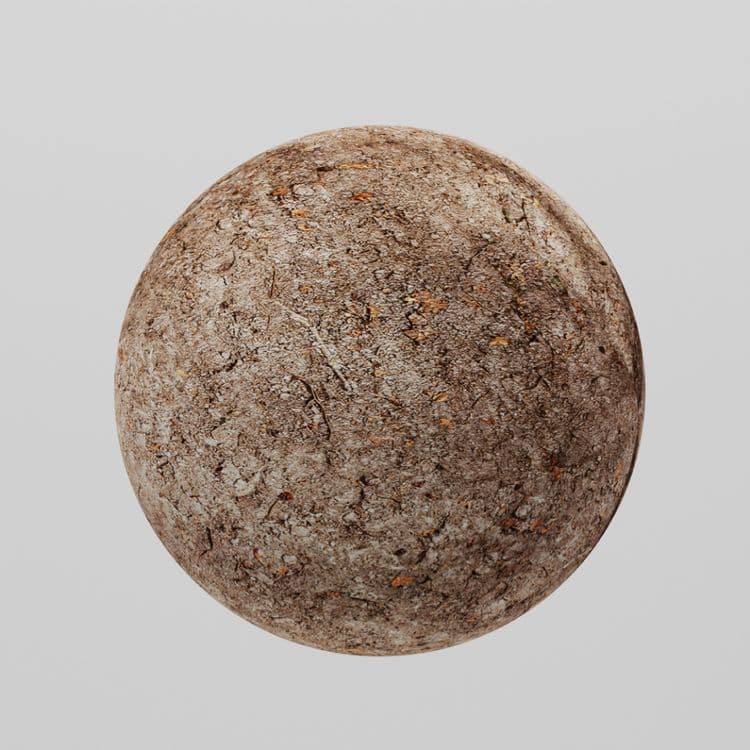
Biodegradable
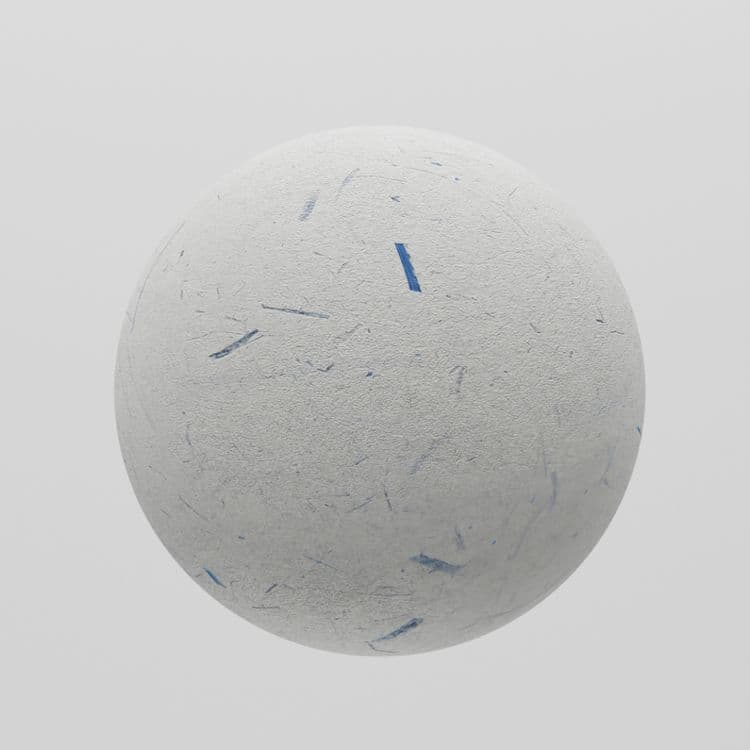
Recycled
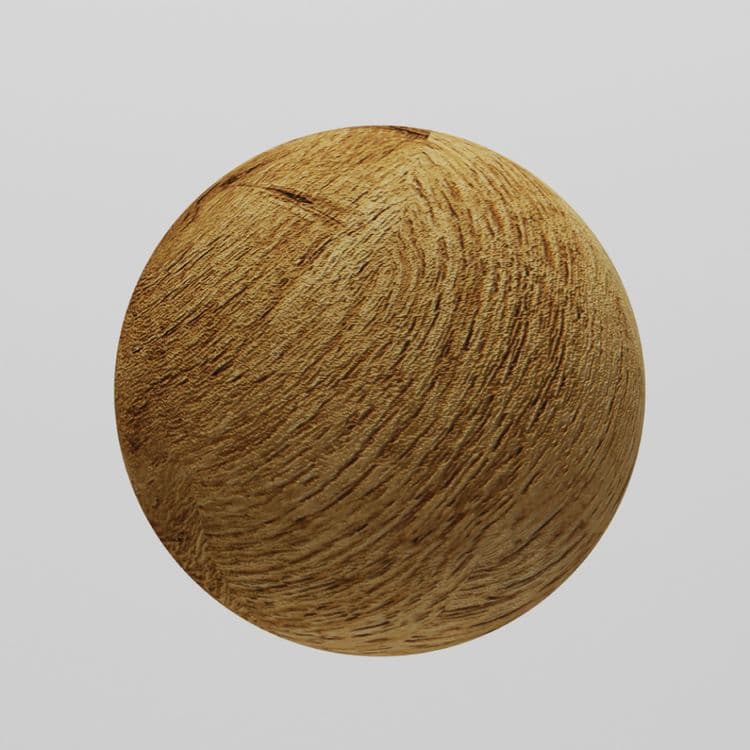
Bamboo
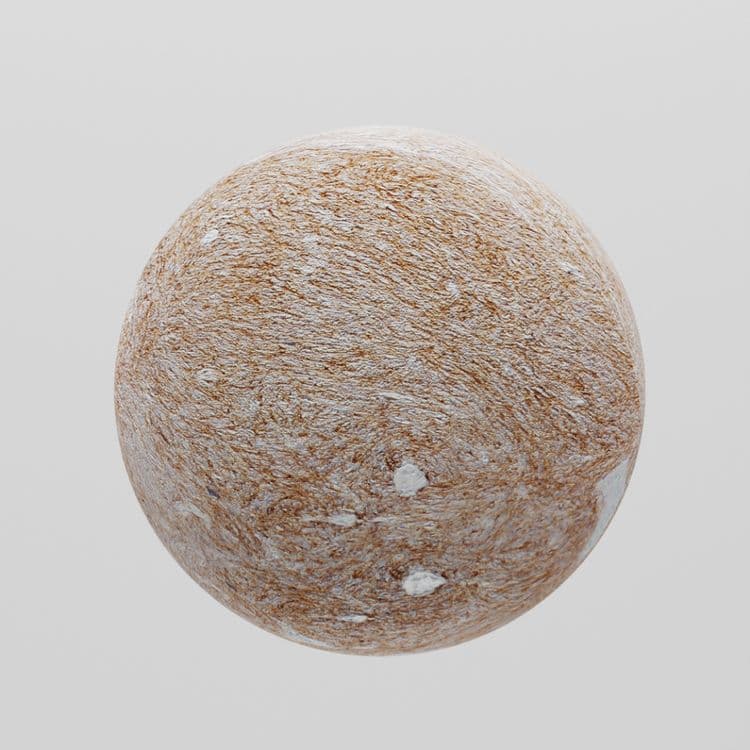
Mycelium

Silk

Upcycled

Cotton
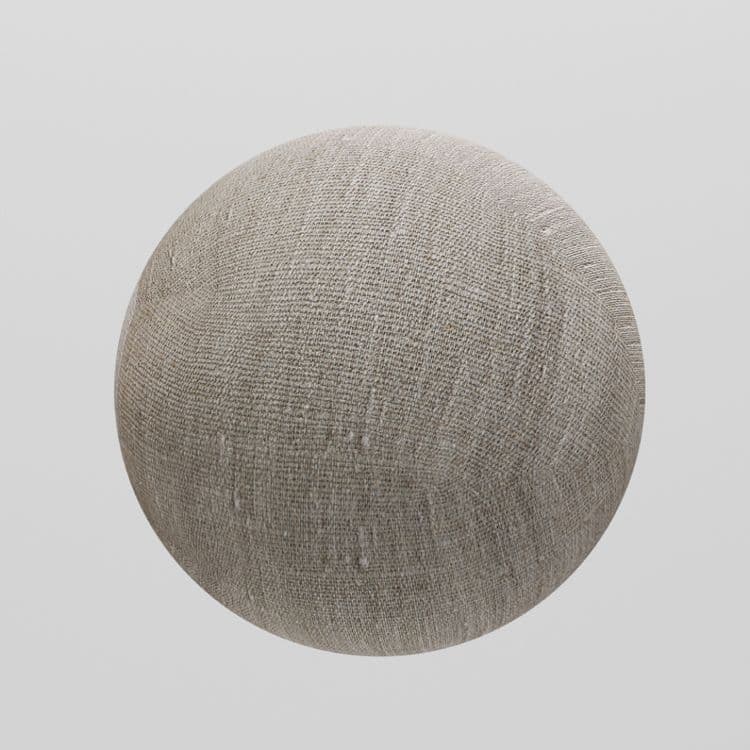
Linen

Latex

Bioplastic

Hemp
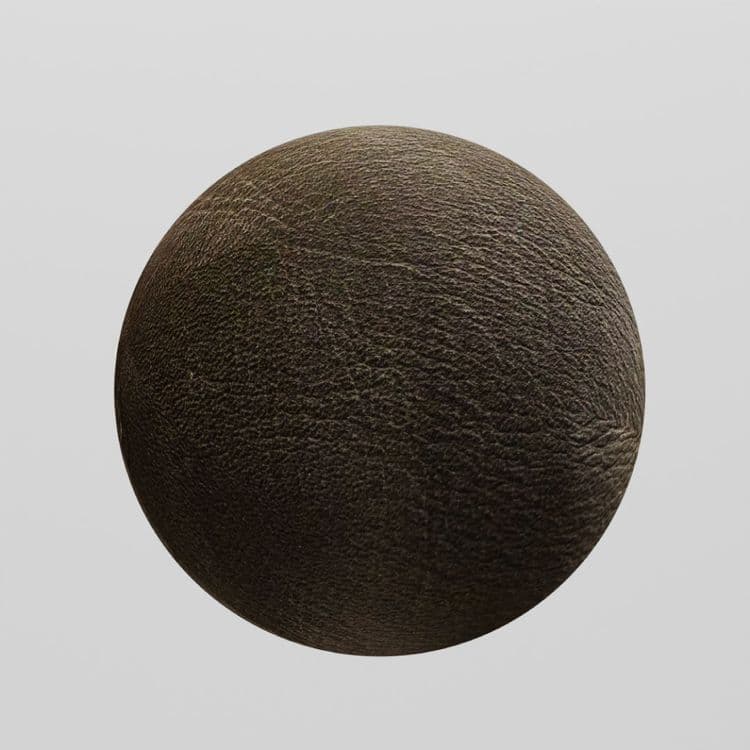
Leather
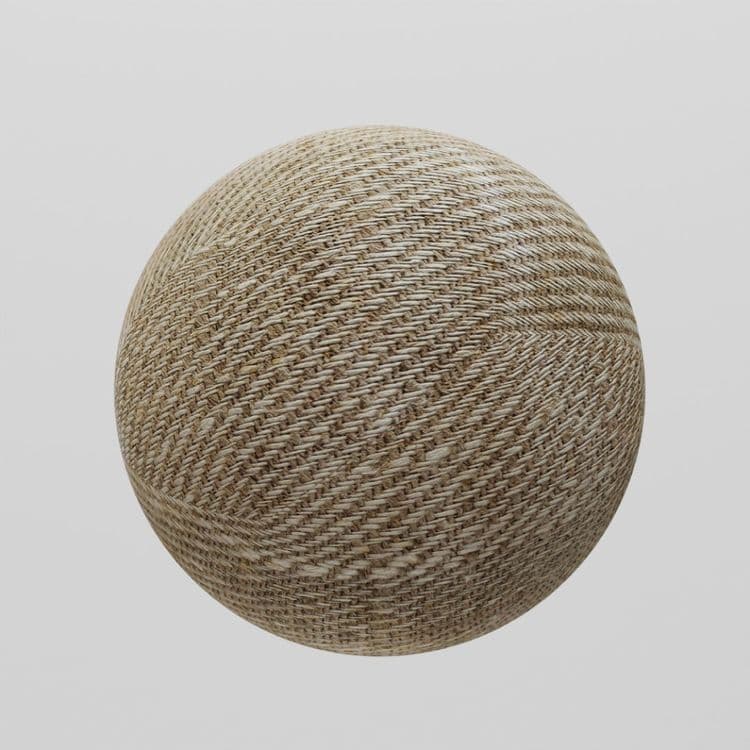
Jute
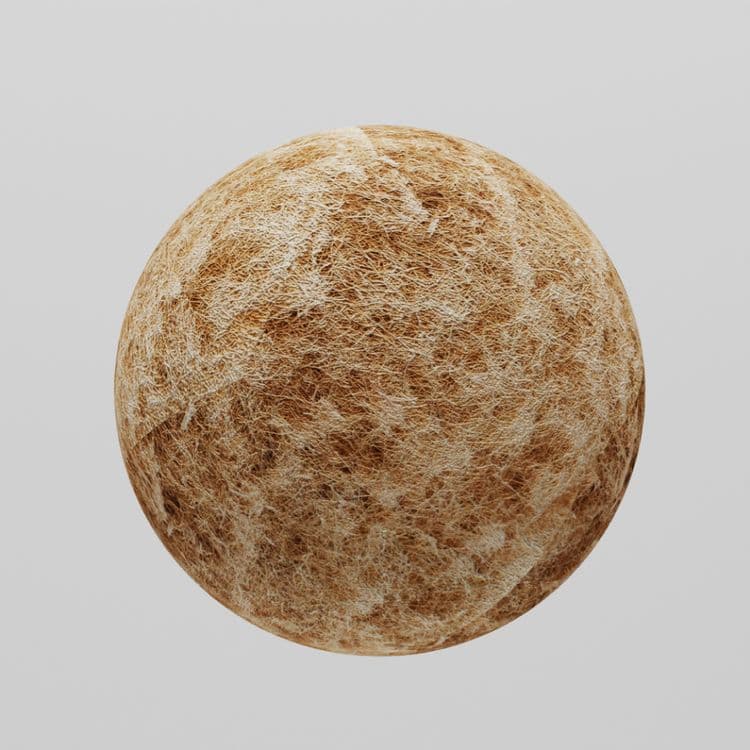
Banana Fibre
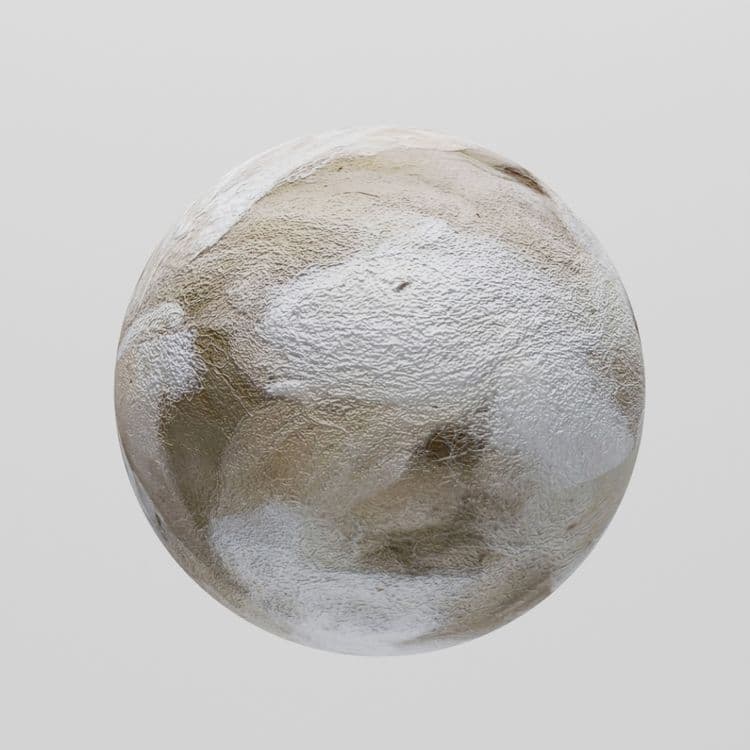
Wool

Fur

Sisal
What's inside?
 something
somethingMicroStar keg pooling for breweries
MicroStar runs a pooled stainless steel keg network for breweries, including major US craft brewers and global brands. Instead of buying and chasing their own kegs, breweries draw from MicroStar’s shared fleet, then empties are collected, cleaned and redeployed to the next demand point. MicroStar states that it works with more than 600 breweries and, after acquiring Kegstar and other keg poolers, manages on the order of six million kegs in circulation.
Other Available Reports
Expand your knowledge with our curated collection of industry-leading insights
Latest Design Stories
Weekly highlights from our community of innovators and pioneers